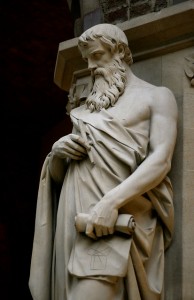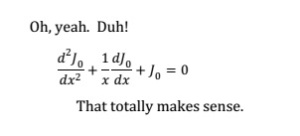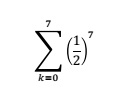Eighth grade Geometry was one of my favorite classes. I thoroughly enjoyed the material, as it was unlike anything I had seen in my math education so far. Personally, I felt that Geometry helped combat the classic refrain of nearly every elementary school child of “When am I going to use this”. Geometry had the unique ability to take all of the abstract ideas taught thus far and ground them in the physical world. It was also the first time we were required to write a logical proof, which has been such an important skill to have and understand. However, my favorite part of the class was the constructions.
I clearly remember being excited about buying my very first compass. I knew that with my compass and stainless steel ruler I used as a straightedge, I was ready for anything Geometry could throw at me. In class, we constructed all of the basics: perpendicular bisectors, bisected angles, various regular polygons, and so on. The pentagram construction was my favorite. That knowledge of that construction, combined with chalk, some string, a yardstick and the driveway made for a very interesting conversation with my parents. Construction is a great hands-on approach to math but is rarely seen past the context of 8th grade geometry.
After 8th grade, I never gave it any thought. It wasn’t until my History of Math course that I realized how much power straightedge-and-compass construction really had.
So let us go back to the basics. A straightedge is a ruler without any graduation. It can be used in straightedge-compass constructions to connect two points on a given plane, and extend lines on a given plane. The compass is used to draw circles (that is, a set of all points equidistant from another point), and be able to ‘measure’ a given line segment, and construct that same length elsewhere. So what can you do with this?
As it turns out, quite a bit! For starters, you can do basic arithmetic. Adding just becomes combining two line segments on the same line, and subtraction is the reverse. Multiplication has a geometric representation as similar triangles. If you have a triangle whose base is 1 unit and a hypotenuse of length a, if you draw a similar triangle whose base is length b, the resulting hypotenuse is length ab.
I find this incredible! What took my math educators 8 years to get around to, the Ancient Greeks did right off the bat. They made mathematics immediately tangible and constructible, instead of relying on the esoteric notion of numbers and Algebra. But construction doesn’t stop there. As I’ve mentioned you can create perpendicular lines, create regular polygons, bisect angeles, bisect segments, trisect segments, and more. Given a unit length, you can even construct whole-number measurements of that length, and even some irrationals like square roots. Take this example:
To construct a regular unit square (all sizes equal to a given unit of measure and all angles are right angles), it’s a simple matter of constructing perpendicular bisectors of segments and measuring with a compass. But can we construct a square that is exactly twice as much area? If the area of a unit square is 11 = 1then the area of a doubled square must be 2. The sides of the square must then be 2 = s2 ; s = 2. To the uninitiated, this might seem like an impossible task! How on earth using a straightedge and a compass can you construct an irrational number? Euclid, however, found a way. Create two lines that are perpendicular to each other. Use the compass to measure out a unit length along each of the two lines, starting from the intersection. This has given you two sides of a right triangle, each with a length of 1 unit. If you connect them an form a hypotenuse, a2+b2= c2; 1 + 1 = c2; c = (1+1) = 2. With this new length as a measurement for your compass, a square with side length 2 is entirely possible.
Euclid did have one problem them though, and that was cube roots. We have shown that doubling the square is possible, but what about doubling the cube? The construction is analogous to the double the square, just with an added dimension. Therefore, if a cube has a volume of 1 cube unit, it’s double should have an volume of 2 cubed units. V = s s s = s3; s = 3V
No matter how hard Euclid tried, he could not construct a cube root. His limitations didn’t stop there. Most famously, he was unable to construct a square the with the area of a circle. This is known as “Squaring the circle.” Again, if we have a circle with the radius of 1 unit, it will have an area of A = r2 =. So to make a square have an area of , we simply have to construct a side with length . Square roots are no problem, it’s just the hypotenuse of a right triangle with sides that sum to . But…how do we sum to with constructions? It turns out, it is impossible. The number is not a “constructible number, ” as they are known, but a “transcendental number.” This wasn’t proved until 1883 by Ferdinand von Lindemann.
While I would never give up the power of algebra and the tools it provides, Euclidean geometry holds a special place in my heart for its sheer physicality. The ability to construct basic arithmetic, regular polygons, and even the odd irrational number grounds math in a way that I think is delayed for far too long in standard Western education. But at least they get around to it.
I end, as always, with wise words from Randall Munroe.

Image: xkcd by Randall Munroe.
Sources
http://www-gap.dcs.st-and.ac.uk/~history/HistTopics/Squaring_the_circle.html
http://www.mathopenref.com/constructions.html





